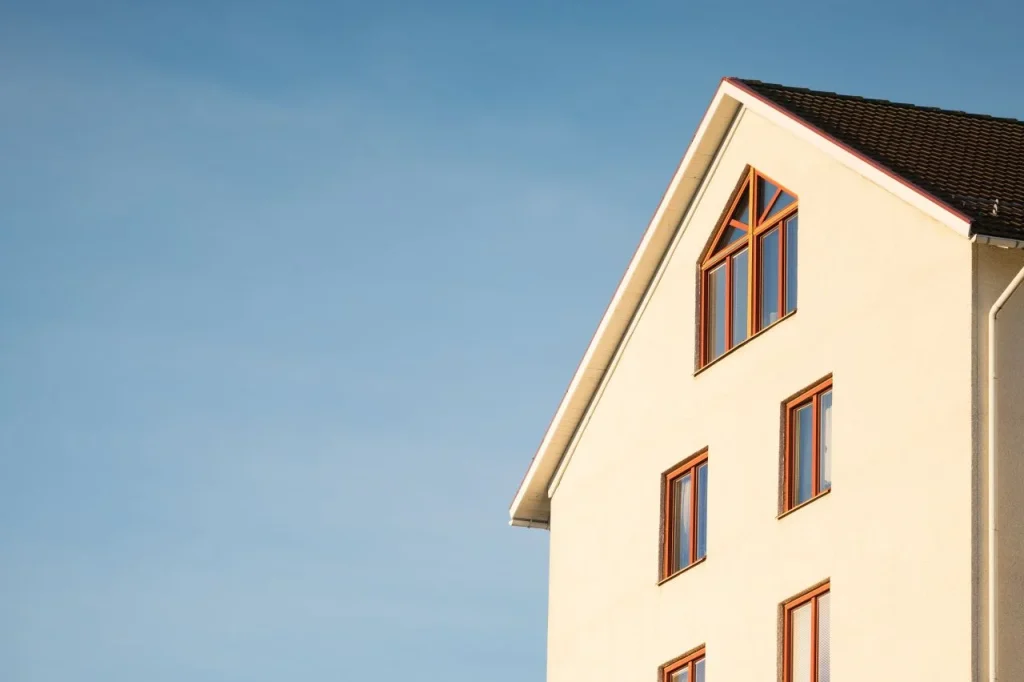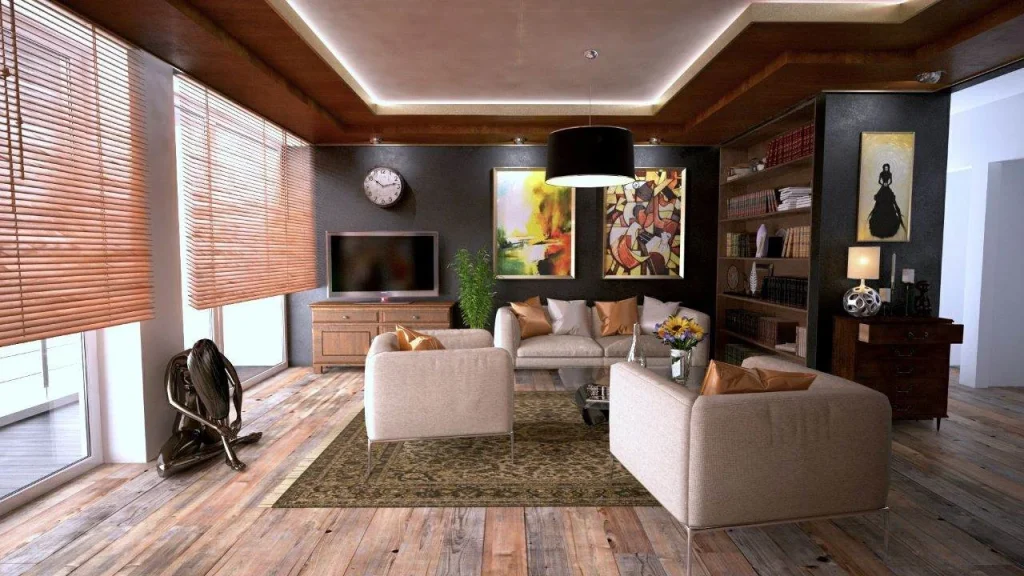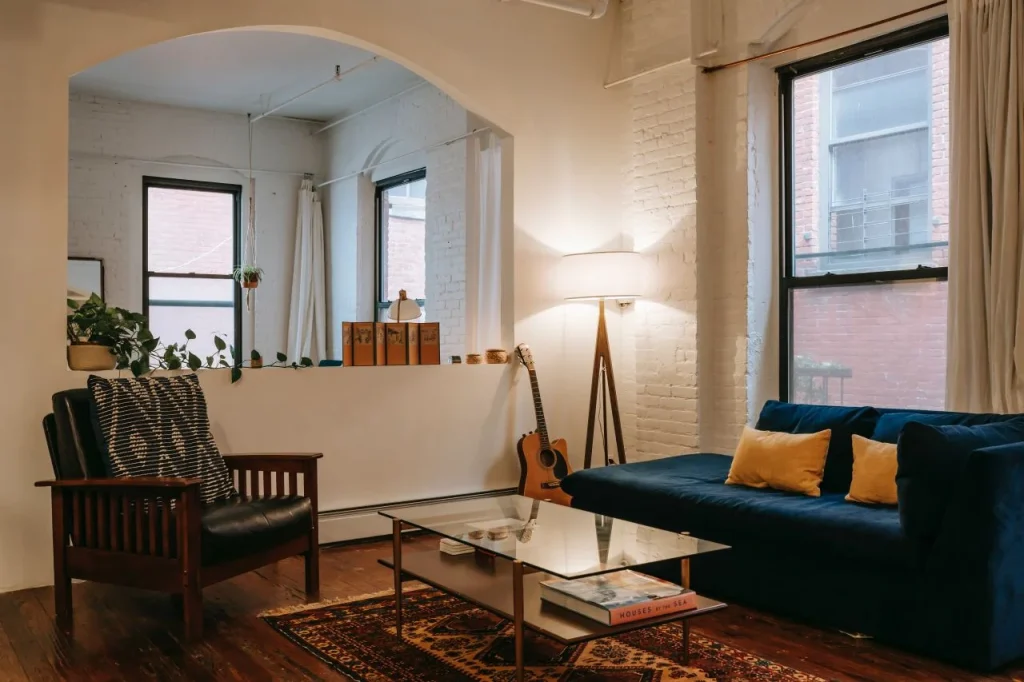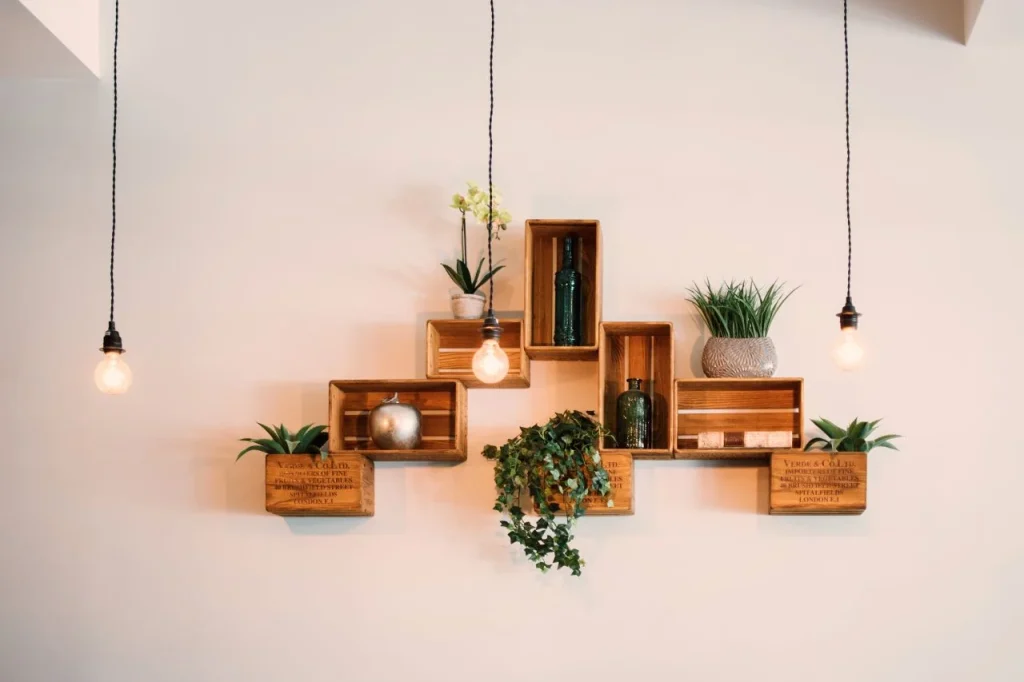There is no place like home, and this is because owning your own home comes with a plethora of benefits. Whether you are a first-time homebuyer or a seasoned homeowner of a ready for occupancy home, having a place to call your own provides numerous advantages that renting simply cannot match.
Here Are the Benefits of Having Your Own Home:

Stability
One of the biggest advantages of owning a home is the stability it provides. When you own a home, there is the security of knowing that you have a place to live for as long as you want. There is no need to worry about rent increases or the landlord deciding to sell the property. This stability allows one to put down roots in a community, build relationships with neighbors, and establish a sense of belonging.
Investment

Another great thing about owning a home is that it can be a sound investment. Over time, real estate tends to appreciate in value, so while paying down the mortgage, the home is likely to increase in value as well. This means that when you eventually decide to sell the property, it is possible to make a profit on the sale. Additionally, homeowners can use their equity to take out loans for major expenses, such as home improvements, college tuition, or debt consolidation.
Privacy
Privacy is another benefit of owning a home. When renting, you may have neighbors living above, below, or next to you, and may hear their every move. In a house, there is more space and privacy, so you can enjoy your home without being disturbed by others.
Community

Owning a home can also be a great way to become part of a community. When you own a home, you are likely to stay in the same place for a longer period of time. This means that there is an opportunity to get to know neighbors and become involved in community events and organizations. You may also feel more invested in the area and be more likely to take care of the property and contribute to the overall well-being of the community.
Personalization: Blank Canvas
When you own a home, there is the freedom to make your own house design. You can paint the walls whatever color, hang up artwork, and remodel the dining room to your liking. There is no need to worry about getting permission from a landlord or worrying about losing the security deposit if you make changes. This personalization can be incredibly satisfying and can help you feel more connected to your home.
How to Make Your Own House Design for Your RFO Floor Plan

A ready for occupancy house is a residential property that is complete and ready for its occupants to move in immediately. It is often newly constructed or recently renovated and has undergone all necessary inspections and certifications. This type of property is ideal for those who want to avoid the hassle of building a house from scratch or making extensive renovations to an existing property.
One of the main benefits of purchasing a ready-for-occupancy house is the convenience it offers. Unlike building a new house or renovating an existing one, a ready-for-occupancy house allows you to move in immediately without having to wait for construction or renovations to be completed. Additionally, since the house is already built, one can easily visit and inspect the property before making a purchase decision. This makes it easier to assess the property’s quality and condition, and to make informed decisions regarding the perfect home.
Designing your ready-for-occupancy home can be an exciting and challenging task. It is an opportunity to create a space that reflects your style and personality while also ensuring that it is functional and comfortable for everyday living. Whether you are starting from scratch or making some modifications to an existing property, here are some tips to help you design your dream home.
Define your style

The first step in doing your dream home design is to determine your preferred style. You can browse through magazines, Pinterest, or Instagram to find inspiration or hire an interior designer to help you create plans and have more design ideas for your dream home. Identifying your style can help you make decisions about everything from wanting to add furniture in the living room to choosing paint colors and finishes for your future home.
Create floor plans
The next step is to create a floor plan. This involves determining how you want to use each room in your home and how to arrange furniture to maximize space and functionality. You can draw up a plan yourself, or you can hire an architect or designer to create a more detailed layout. Remember to consider factors like traffic flow, storage needs, and lighting when you create floor plans.
Focus on functionality

While aesthetics are important, functionality is even more critical when designing a home. Make sure that the home designs accommodate your daily routine and that the flow of your space is conducive to the way you live. Have an idea and explore factors like the placement of outlets, storage options, and the size of furniture when designing your home.
Choose your finishes for your dream home
Once you have your floor plan in place, you can start choosing finishes. This includes everything from flooring to cabinets to countertops. Select finishes that reflect your style and personality, but also ensure that they are durable and easy to maintain (i.e. choosing a timber frame). Consider factors like the amount of traffic the area will receive and the ease of cleaning when selecting finishes.
Pay attention to the lighting

Lighting is an essential component of any home design. Consider natural light sources, such as having to add windows and skylights, when creating your floor plan. For artificial lighting, choose a combination of ambient, task, and accent lighting to create a warm and inviting atmosphere. You can also use lighting to highlight specific features in your home, such as artwork or architectural details.
Do not forget about outdoor living
Outdoor living spaces are becoming increasingly popular and can be a great addition to any home. Consider designing an outdoor living area that complements your indoor space and reflects your style. This can include a patio, outdoor kitchen, or even a pool or spa.
Designing your ready-for-occupancy home is an exciting and challenging task that requires careful planning and consideration. By defining your style, creating a floor plan, focusing on functionality, choosing your finishes, paying attention to lighting, and designing outdoor living spaces, you can create a home that reflects your personality and meets your everyday needs. Remember to consult with professionals, like architects and designers, when necessary and to prioritize your budget to ensure a successful outcome.
Related Blog: Pros and Cons of Investing in an RFO House and Lot in the Philippines


